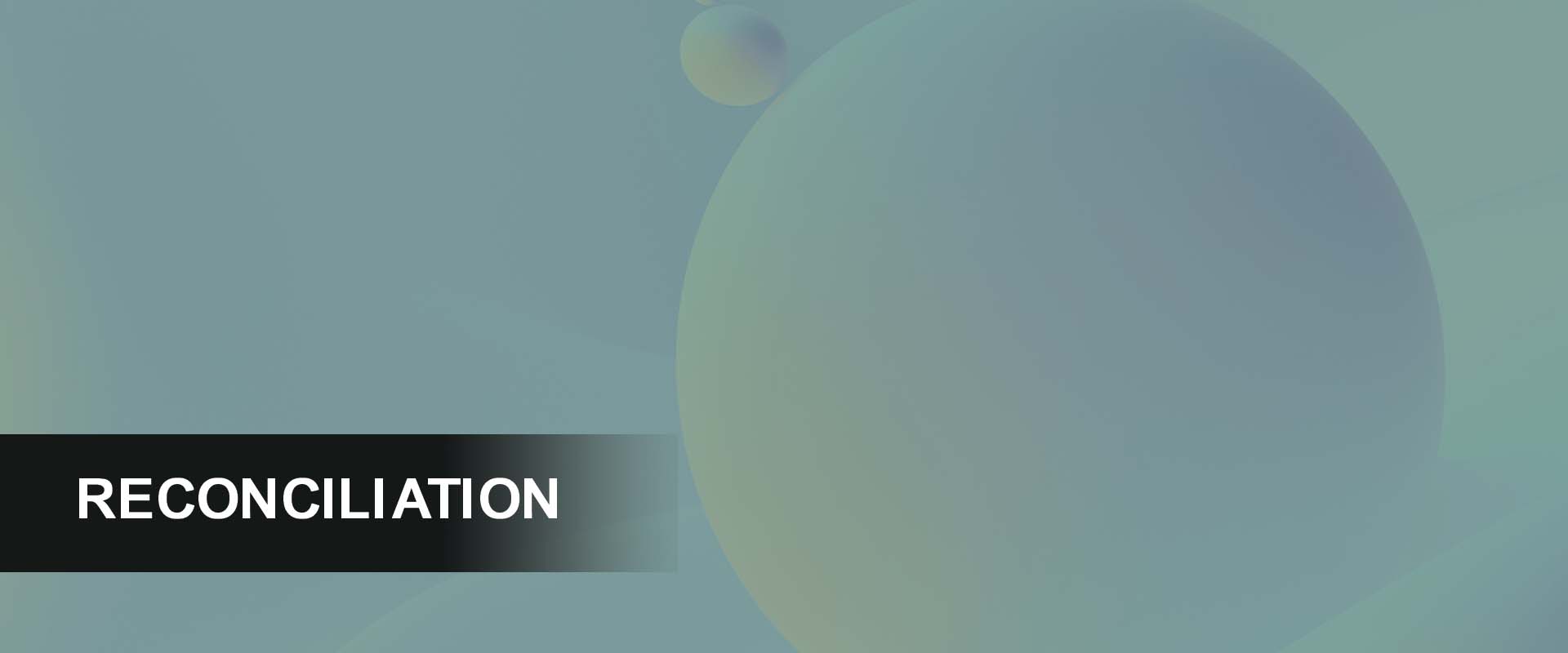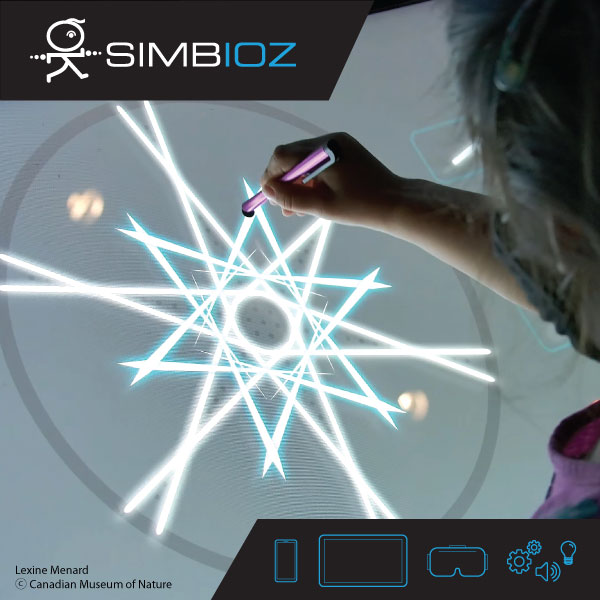
Reconciliation Update
Stephanie Danyluk
As artist Adrian Stimson said in the interview for this issue of Muse, “Reconciliation needs to be re-invented as it moves along.” Through our engagement sessions with Indigenous partners and museums, we are hearing critical reflection on what reconciliation is, what it means to Indigenous people, and questions about its usefulness as a framework moving forward.
The word reconciliation in Indigenous languages has different meanings beyond a state of truce between parties. It is relational and, active: Guzun nagughultsilh qe/at’in or Guzun jid /elhts’en /anaghut’in, meaning “Let’s work together in fairness / in a good way / in an honest way” in Tsilhqot’in; Gwayakochigewin, “Doing Things Right” in Anishinaabemowin; Skén:nen ensewá:ton tsi na’tehóntere, “Peace/tranquility will re-emerge between them” in Kanienʼkehá꞉ka (Mohawk); Kwayesh aytootamihk, “Doing things right” in Michif; ᐃᑲᔪᖅᑎᒌᒃᑲᓐᓂᕆᐊᕐᓂᖅ, “Have to support each other in a better way” in Inuktitut;
Minu-uitsheutun, “To be friendly or become friendly” in Innu-Aimun; Ëłtth’ı́ halyé há, “To make ıt rıght” in Denesuline; and katawa itascikewin / katawa tptatowin / peyakwan isi pamihitowin, “Setting things / right / doing each other right” in Cree.
Reconciliation is a process, not a state at which we will arrive and complete. Nor is it the bar with which to measure success.
As identified in the TRC Call to Action #67, the national review of museum policies and best practices is to measure the level of compliance with the United Nations Declaration on the Rights of Indigenous Peoples (UNDRIP) and to make recommendations using the UNDRIP framework.
Using UNDRIP as the measurement tool means moving beyond reconciliation and centreing self-determination in this work. We are hearing this is the goal Indigenous organizations and partners are working toward, and this is where museums need support.
We are working alongside our Reconciliation Council and other partners at a breakneck speed to complete the engagement work that will inform the CMA’s report and recommendations for fall of 2022. Accompanying the report will be a toolkit and UNDRIP assessment tool to bolster self-determination for Indigenous institutions and assist museums in assessing their compliance with the UNDRIP articles.
Our work over the past few months focused on connecting with Indigenous experts and organizations. This is occurring through additional engagement sessions that we have added across the country, including with the Western Development Museum and their Cree and Dakota partners, Lennox Island First Nation, Musée des Abénakis, Avataq Cultural Institute, Heritage Yukon, and more. We are also conducting interviews to gain deeper insight into the areas identified through our group engagement sessions. Additionally, we are requesting written submissions from museums and cultural institutions on current policies and best practices related to reconciliation and self-determination.
Moving from information gathering to report writing over the next few months, we will centre the relationships built through this process and look to the future to maintain these relationships. Reconciliation can be the action through which we come together to enable self-determination in museological spaces. M
Stephanie Danyluk is the Reconciliation Manager with the CMA, supporting the work to respond to TRC #67 and promote Indigenous self-determination in museum and heritage spaces.
Sourcing of the Indigenous language translations are credited to Barbara Filion, former CMA Reconciliation Director.
The CMA’s Reconciliation Program is funded by the Government of Canada, through the Museums Assistance Program. For past updates, program materials and to contribute or submit program feedback, please visit https://www.museums.ca/site/reconciliation.
